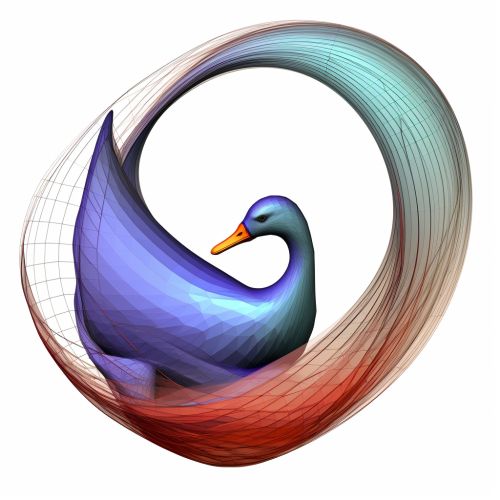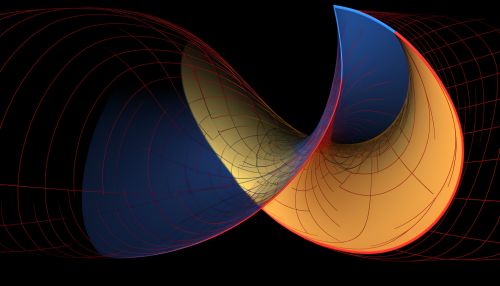Partial Differential Equation
Introduction
A partial differential equation (PDE) is a type of differential equation that contains unknown multivariable functions and their partial derivatives. PDEs are used to formulate problems involving functions of several variables, and are either solved by hand, or used to create a relevant computer model.


Classification
PDEs can be classified into various types. The most common classifications are:
The classification of PDEs is based on the highest order derivative involved and the nature of the differential expression.
Elliptic Partial Differential Equations
Elliptic PDEs are equations where the highest order derivatives are of second order and appear with the same sign when the equation is expressed in its canonical form. They are named after the elliptic curves that arise when solving these equations.
Parabolic Partial Differential Equations
Parabolic PDEs are equations where the highest order derivative is of second order, and they have a mixed derivative term. These equations are typically used to describe diffusion processes and heat conduction.
Hyperbolic Partial Differential Equations
Hyperbolic PDEs are equations where the highest order derivative is of second order, and they do not have a mixed derivative term. These equations are used to describe wave propagation.
Solution Techniques
There are several techniques for solving PDEs. The choice of technique often depends on the specific form of the equation. Some common techniques include:
- Separation of variables
- Method of characteristics
- Fourier transform
- Laplace transform
- Green's function
Applications
PDEs have a wide range of applications in various fields of science and engineering. Some of the areas where they are used include:
